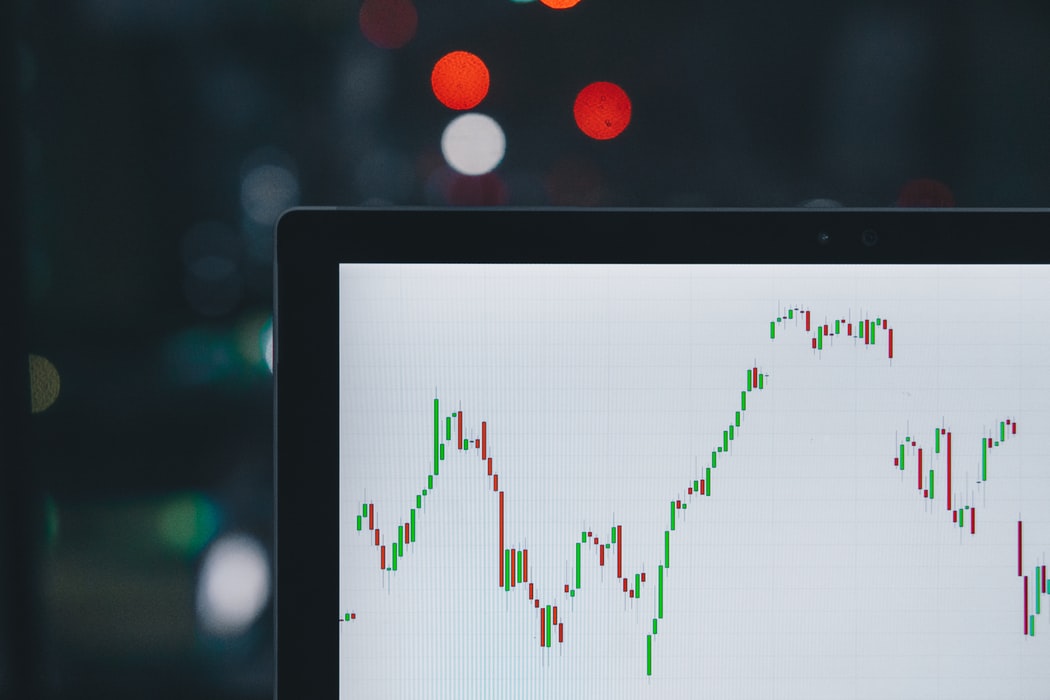Editor's note: Read the latest on how the coronavirus is rattling the markets and what you can do to navigate it.
Ian Tam: In the midst of intense market turbulence and deep drawdowns in markets in general, I thought to take a concerted look at where equity valuations are right now in Canada in relation to long-term history. This topic is important in particular for long-term investors who are seeking opportunities to enter the equity market at a discount in the hopes to make profit as markets recover.
To do this, I'll take a look at a ratio known as the price to book which is a well-known valuation metric, which is particularly relevant today, when companies' earnings might be considered unpredictable, making the more well-known price to earnings or P/E ratio a bit less reliable. The book value of a company's equity refers to basically the liquidation of the value of the company if they were to sell off all their assets and pay off all their debts. The remainder of assets minus liabilities is known as the book value of a company's equity. When we divide the price of the stock by the book value per share, we'll be able to get a good sense of what type of premium the stock is trading at, especially when we compare that price to book ratio of two stocks together, or a stock against its own history.
To understand the valuations in Canada at a broad level, here's a chart that shows the long-term median price to book value of the top one-sixth of companies in Canada by their size, so basically large companies. Today, this consists of about 116 stocks. You can see that over time, book value in Canada fluctuate substantially because our market is actually very cyclical. Over time, though, you'll see the average sits at about 2 times, meaning the price of the stock is about two times that of its book value of equity.
Amidst COVID-19, you can see that along with share prices, the price to book value has dropped significantly closing in on about 1.5 times, which is what the valuations for this universe of stocks were at the heart of the financial crisis in 2008. This said, if companies are not profitable, then low price to book ratios are actually warranted. So, to analyze this, I've overlaid the median return on equity for the same universe of stocks on the same chart.
You can see here that the median return on equity today is sitting at about 11.7%, very close to the median value over the last 30 years. As companies continue to report their quarterly financials after the impact of COVID-19, you might see that figure drop. But based on the information we know today, it seems that company profitability seems to be trending upwards since 2016. We don't know how long the COVID-19 pandemic will last or the detailed extent of the impact on company profits. What we do know is that valuations are being cut deep closing in on financial crisis levels, which might provide a unique opportunity for long-term investors to enter equity markets at a deep discount.
For Morningstar, I'm Ian Tam.
Are you getting the right returns?
Get our free equity indexes to benchmark your portfolio here




















